The French art writer Gustave Geffroy used to say that there were three “great ladies” of Impressionism; (Literally, he nicknamed them: “les trois grandes dames”)
First, was Berthe Morisot - a founding figure of the Impressionist group, and an ever present in all but one of their group exhibitions during the 1870s/1880s.
Second was Mary Cassatt - an American born trailblazer, who would become one of the most celebrated female painters of her time.
And third was Marie Bracquemond - an artist who sadly tends to be the more neglected of the three in terms of contemporary interest. However, as we will see today, she was certainly no less talented.
In fact, when she is at her best, Marie’s style of painting is impressionist to the very core. Although it’s worth mentioning that her initial training as an artist could hardly have been more traditional.
Though she never studies at a traditional art school / academy - Marie first learned to paint under the personal tutelage of an old artist in her home town of Étampes.
And with her talent immediately apparent, her tutor soon helped secure her an introduction to arguable the most famous name in all of French art at the time - Jean-Auguste-Dominique Ingres.

Admittedly, Ingres’ studio was not exactly the most welcoming place back then - especially for women artists.
The great man was a task master to all of his students - demanding nothing less than absolute perfection. (Indeed, Marie herself described her mentor as “rather frightening at times”.
Yet, underneath this rather severe exterior, Ingres definitely had an eye for talent.
He pushed his students so much because he wanted them to excel. And when it came to Marie in particular - it is very clear that Ingres wanted her to fulfil every ounce of the potential she had as a painter.
Thus, in a strange sort of way, he can be seen as one of the most encouraging influences on Marie. Although it’s worth mentioning that Ingres was not the only illustrious name of the era who also wanted to help nurture Marie’s talent.
Later in life, Marie also worked under the guidance of Claude Monet, Edgar Degas, Alfred Sisley and Paul Gauguin among others.
And if she had been given the same freedom as Berthe Morisot or Mary Cassatt to devote herself more fully to the Impressionist movement - there is no doubt we would have inherited so many more masterpieces from Marie’s hands.
But sadly, one of the other most profound influences of her life was to be her husband - the renowned etcher Felix Bracquemond.
And, unlike Ingres or any of her other mentors - his affect on Marie’s career was not exactly for the better.
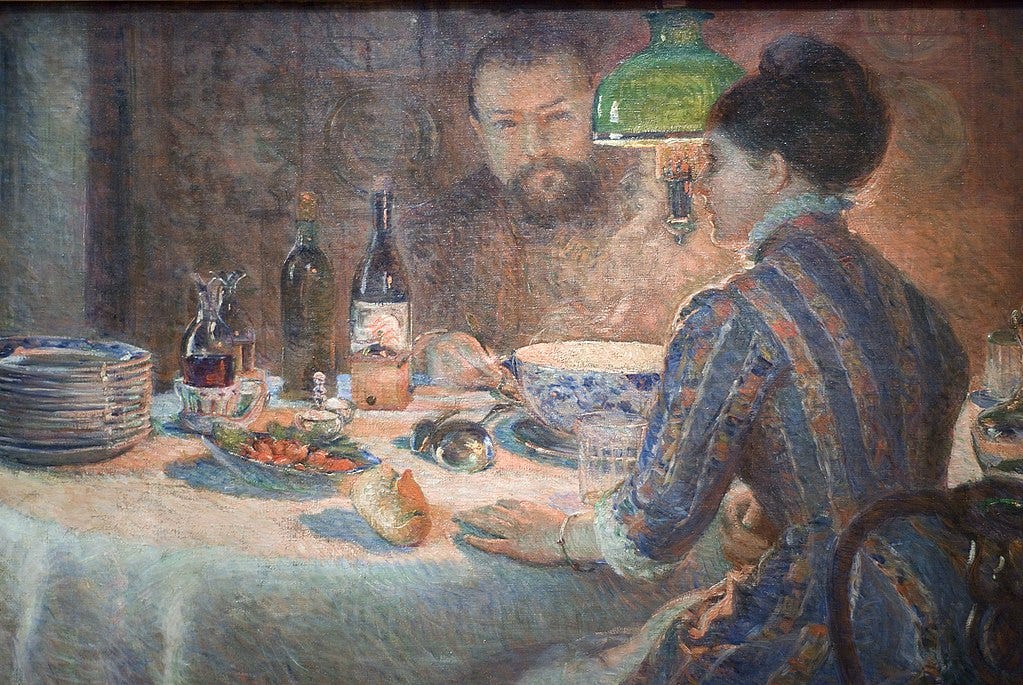
As a professional artist himself, Felix had ambitions of being at the very centre of the Parisian Art world.
And he was already having his own successes - engraving works for the poet Charles Baudelaire, and the sculptor Auguste Rodin. Thus, with his marriage to Marie, we might expect him to have been perfectly happy for them both to excel in their careers together . . . becoming something like Paris’s next great power couple.
But in fact, the opposite seems to have been true. Felix could never fully accept the fact that his wife may have been a more talented artist than he was.
Thus, while they initially collaborated a few projects together (including hand made porcelains) . . . over the course of their marriage, he increasingly discouraged Marie from pursuing her own work. (Sometimes even going as far as to hide her paintings from their friends, or refusing to even mention them in public - while simultaneously telling Marie her work was being “rejected” at exhibitions.)
And by 1890, Marie became so tired of these apparent artistic “failures” that she pretty much abandoned her vocation as a a painter.
For the next few decades until her death in 1916 - any art she created would be for her own private enjoyment only. And as far as we know now, she produced less than 100 total paintings in her life (of which, only 31 are currently fully documented in public collections)
But of course, no amount of discouragement from her husband could fully limit Marie’s legacy from growing of its own accord.
So, while it is a shame her life could not have been as creatively free as her talent deserved - still, her achievements as another pioneer of French impressionism really do merit more credit.
_
From Ingres’ star pupil - to a painter of such talent, even Monet himself liked to marvel at her skill with colour.
Marie Bracquemond was a “grande dame” indeed!




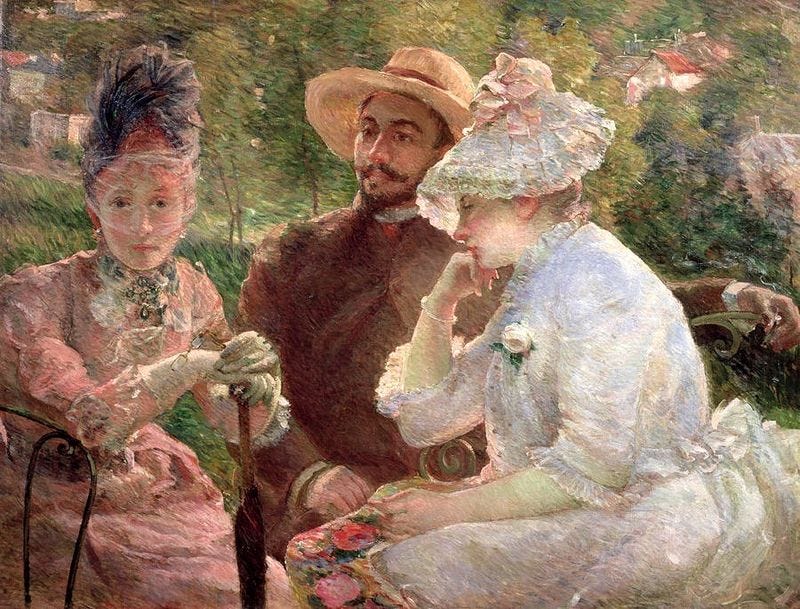

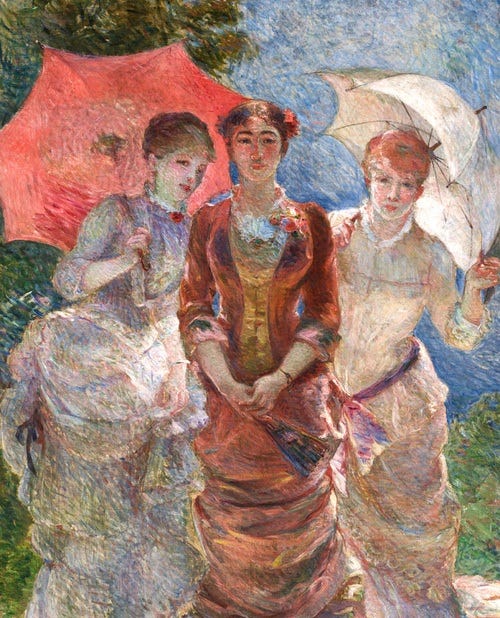
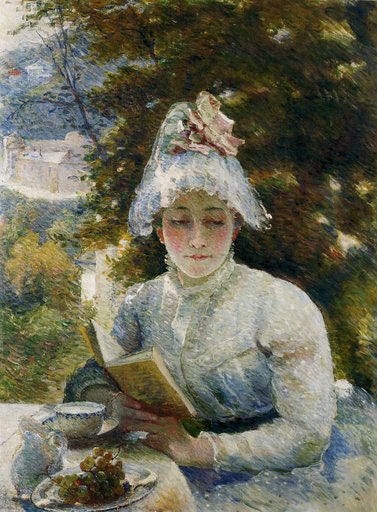
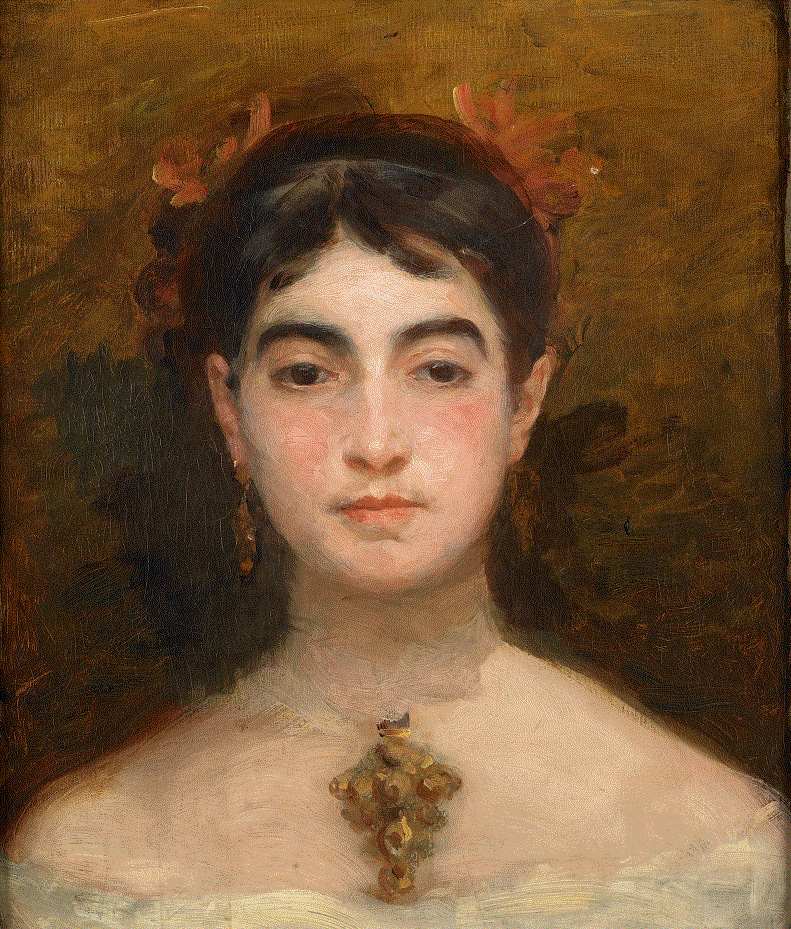
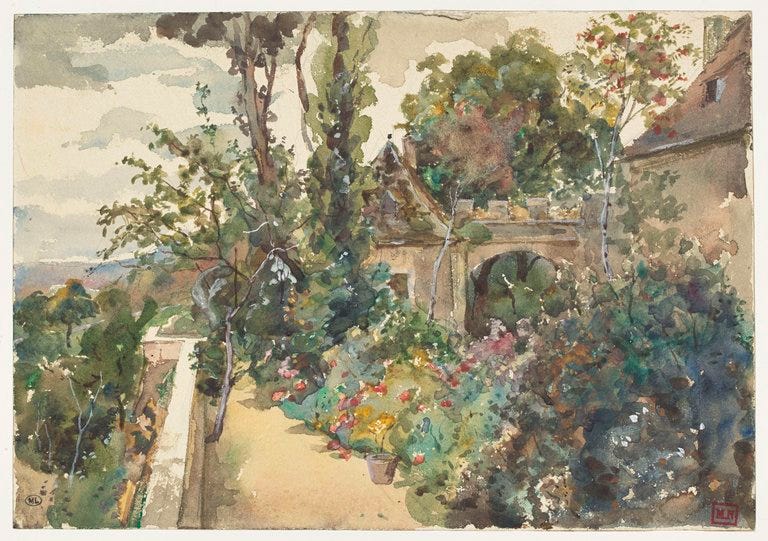
Really loved this essay and learning about her works. Find them pretty amazing
Yes, it might be we never know enough about some people because they got discouraged by somebody or something just too much, too much to handle
Thank you as always, George- never can thank you properly and enough
Thanks for this introduction. I was previously unaware of Marie Bracquemond and her work.